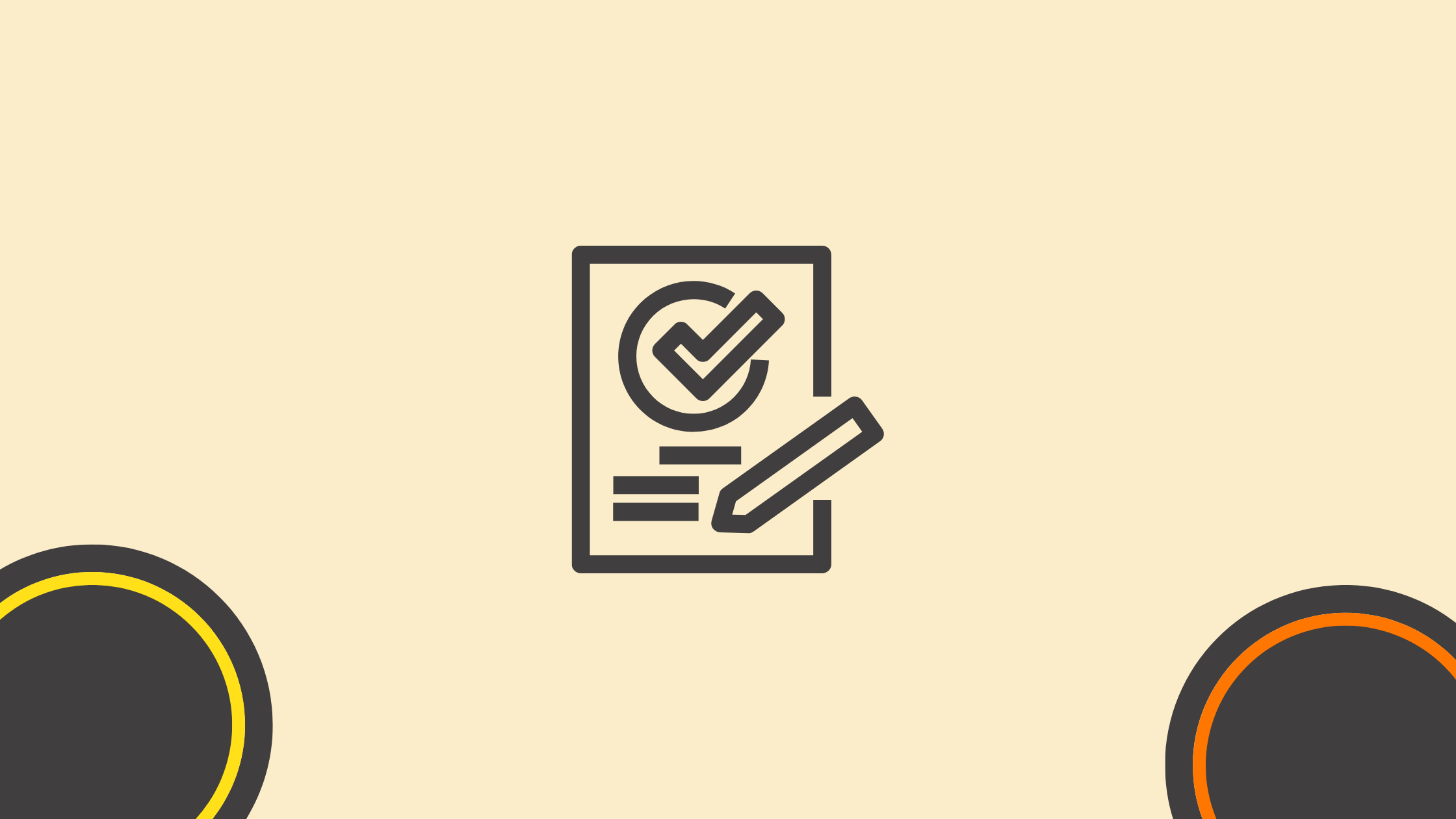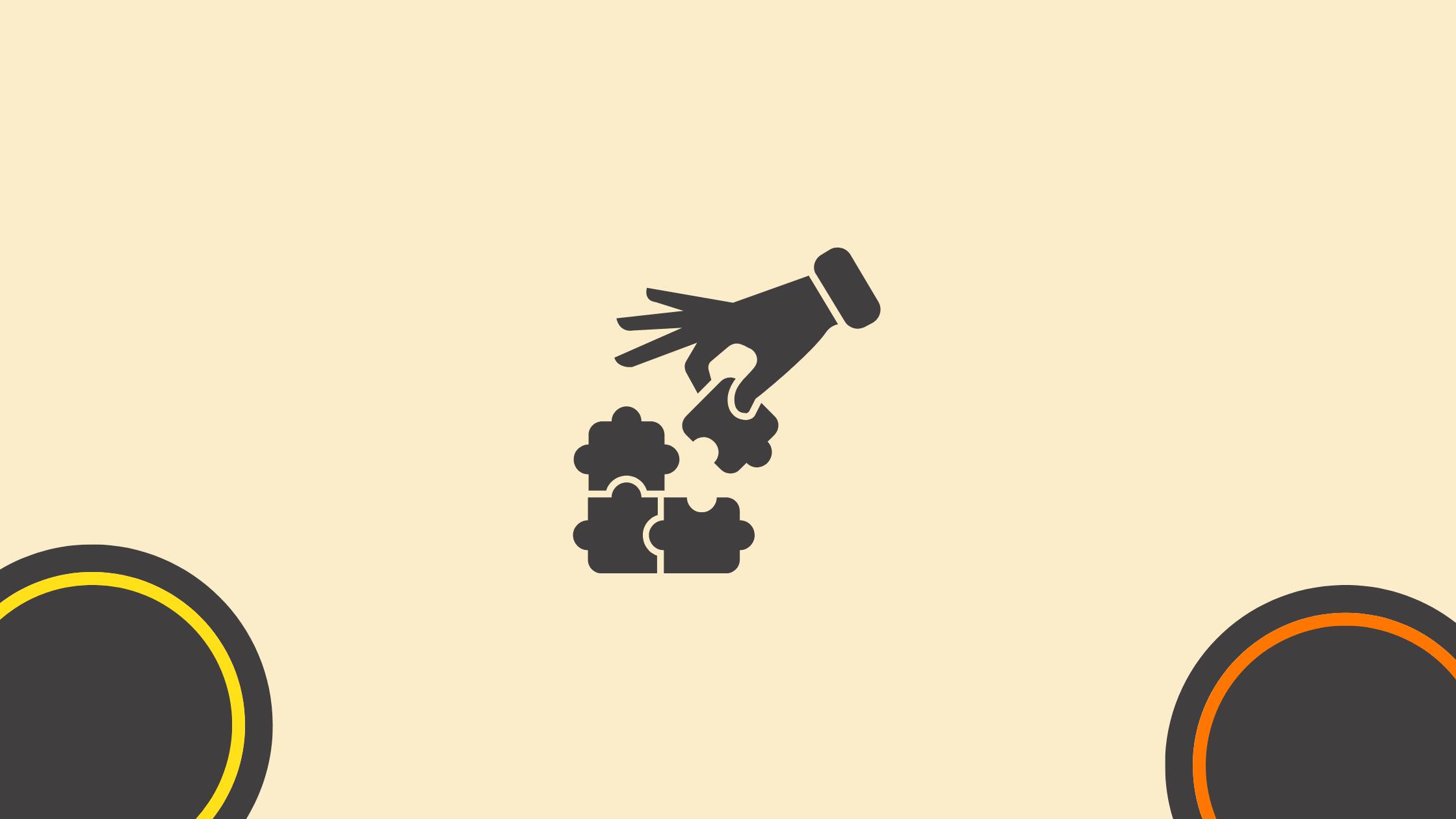Approvals can make or break a project’s momentum. From licensing documents and branded decks to final deliverables, design teams juggle an ongoing flow of files and feedback loops.
Yet, many still rely on outdated eSign tools that weren’t built for creative workflows — causing delays, broken processes, and unnecessary admin overhead.
This article explores why legacy eSign platforms fall short and what design teams should look for in a modern solution purpose-built for their needs.
Chapters
1. The Unique Challenges of Document Approvals in Design Teams

Design isn’t just about creativity — it’s about collaboration. From mockups and presentations to licensing documents and final deliverables, design teams work with a steady stream of files that must be shared, reviewed, signed, and approved.
But approvals in creative workflows are rarely linear. Designers often collaborate with marketing, product, legal, and even external freelancers or agencies. Each stakeholder brings their own review cycle, adding to the back-and-forth — especially when multiple versions, visuals, or formats are involved.
These aren’t just aesthetic decisions. They’re often tied to contracts, usage rights, or compliance reviews — all of which require formal sign-offs. And when even one signature gets delayed, it slows the entire process, derailing campaigns and timelines.
This is why having an eSignature solution that understands design workflows isn’t just helpful — it’s essential.
2. Why Legacy eSign Tools Can’t Keep Up with Creative Workflows
For years, creative teams have relied on general-purpose eSign platforms — and while they work in some cases, they often introduce friction where speed is needed most.
The legacy eSign tools like Docusign or Adobe Sign are still used by many teams but they were built in a different era — for simpler, text-heavy documents like contracts or NDAs. They weren’t designed with the realities of modern creative work in mind.
Designers and marketers today deal with:
- Large, media-rich files
- Collaborative review cycles
- Multiple stakeholders with different approval needs
- Creative assets that are constantly updated or rebranded
While tools like DocuSign and Adobe Sign have dominated the space, they come with limitations — especially when it comes to handling file size, template flexibility, and multi-party workflows.
This creates unnecessary roadblocks for teams that need agility, not administration, hence these teams are forced to look better alternatives than Adobe Sign
3. File Size, Feedback Loops, and Friction: Where It Breaks Down
Let’s talk about the most obvious pain point first: file size. Designers often send layered PDFs, branded decks, or image-heavy files — and many eSign tools simply can’t handle them. Some cap file uploads at 25MB, others force compressions that degrade visual quality.
Then there’s the feedback loop. Creative documents are never one-and-done. The approval process is typically iterative: one stakeholder flags edits, another requests a different version, a third needs legal review. These loops can stretch for days — especially when tools don’t support inline comments or version tracking.
The result? A chaotic mix of email threads, Slack messages, and delayed sign-offs — all while the clock keeps ticking.
Even worse, the signer experience can be clunky. If the platform doesn’t render files properly or requires logins to view documents, external stakeholders may abandon the process altogether. And for many teams, upgrading to accommodate features like larger file uploads or workflow flexibility means navigating complex DocuSign pricing tiers — which can drive up costs without actually solving the root problem.
This feature gap isn’t just a technical issue — it’s a creativity killer. Design teams need tools that can keep up. Certinal does exactly that
4. A Better Way: What Modern eSign Solutions Should Offer

Modern design teams deserve an eSign platform that reflects the pace, complexity, and visual standards of their work.
Here’s what that should look like:
- Support for large files (up to 100MB) without crashes or compression
- Parallel and conditional workflows to accommodate multiple reviewers
- Mobile-friendly signing for creative directors or brand leads on the go
- Secure audit trails that meet brand and legal standards
- Custom templates for recurring documents like asset usage licenses or campaign sign-offs
- API integration to embed signing directly into creative platforms or asset management tools
The best platforms don’t just digitize a signature — they remove friction from the entire approval experience, letting designers focus on what they do best: creating
5. Real-World Scenarios: From Moodboards to Final Approvals
Consider a marketing agency preparing a rebranding pitch for a client. The process involves internal design approvals, legal review of visual usage rights, and a final sign-off from the client’s leadership. Each of these checkpoints requires a signature or documented approval — and when handled manually, they can span days.
Or imagine a product design team creating packaging for a launch. The design needs to pass through product, regulatory, compliance, and marketing teams. If even one stakeholder can’t access the document, the project stalls.
These aren’t hypotheticals — they happen every day. What design teams need is an eSignature solution that works within their ecosystem, not against it.
6. Design Teams Need Speed — Not Workflow Lag
In the creative world, momentum is everything. A great concept can lose steam if approval lags. Campaigns miss windows. Product teams lose alignment. And creative energy gets drained by admin overhead.
Legacy platforms weren’t built with that urgency in mind. They assume a simple start-to-finish process — not the dynamic, asynchronous, stakeholder-heavy flow that creative teams operate in.
Certinal eliminates these slowdowns by providing:
- Real-time notifications when a stakeholder signs or stalls
- Multi-stage routing, so approvals don’t bottleneck
- Template cloning for frequent use cases
- And most importantly — speed without sacrificing security or compliance
When design teams can move fast, so can the business.
7. What to Look for in a Creative-Friendly eSign Platform
Design teams evaluating eSign tools should look beyond brand recognition. Here’s what really matters:
- Performance at scale: Can it handle your media-rich files without forcing compromises?
- Workflow configurability: Can you define who signs first, who approves later, and who just needs a copy?
- Brand control: Does the signer experience reflect your identity — or the vendor’s?
- Integration flexibility: Can it connect with your DAM, project management tool, or creative cloud?
- Pricing transparency: Are you charged extra for basic features like templates, file storage, or multiple signers?
Many platforms put these behind premium paywalls. That’s why forward-looking teams are turning to modern alternatives that are purpose-built for their workflow — without overcharging for what should be baseline capabilities.
8. How Certinal Helps Designers Move from Draft to Done
Certinal was built with high-performing teams in mind — and design is no exception. Whether you’re collecting campaign approvals, routing creative licenses, or aligning with external partners, Certinal helps you move from draft to done without delay.
Key reasons design teams are choosing Certinal:
- Supports up to 100MB files — no compressing, no formatting issues
- Smart, visual workflows for multi-signer and parallel routing
- Custom branding on every signer touchpoint
- Affordable pricing, with no envelope restrictions or feature gating
- Enterprise-grade compliance for legal, regulatory, and brand standards
Design should never be held back by admin. With Certinal, your team can execute creative ideas with the speed, polish, and precision they deserve.
Book a demo today to see how Certinal transforms approvals for creative teams — and frees up more time for what really matters: design.
Conclusion
Design teams thrive on agility, collaboration, and precision — but legacy eSignature tools introduce friction where flow is critical. From file size limitations and clunky signer experiences to rigid workflows and hidden costs, outdated platforms simply can’t keep up with today’s creative demands. Certinal offers a smarter, faster, and design-friendly alternative, helping teams go from draft to done without disruption.
When approvals are seamless, design teams can stay focused on what matters most: delivering outstanding creative work. Book your demo today and experience how Certinal powers approvals at the speed of design.
